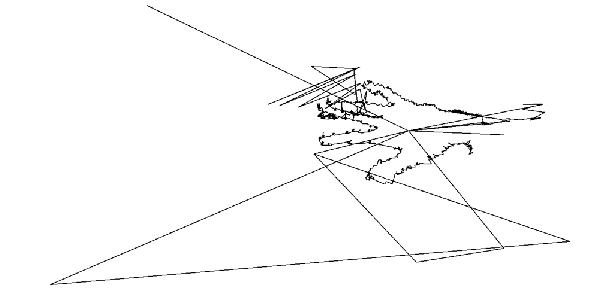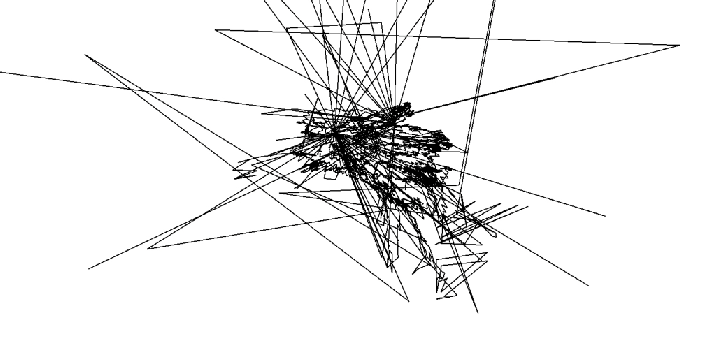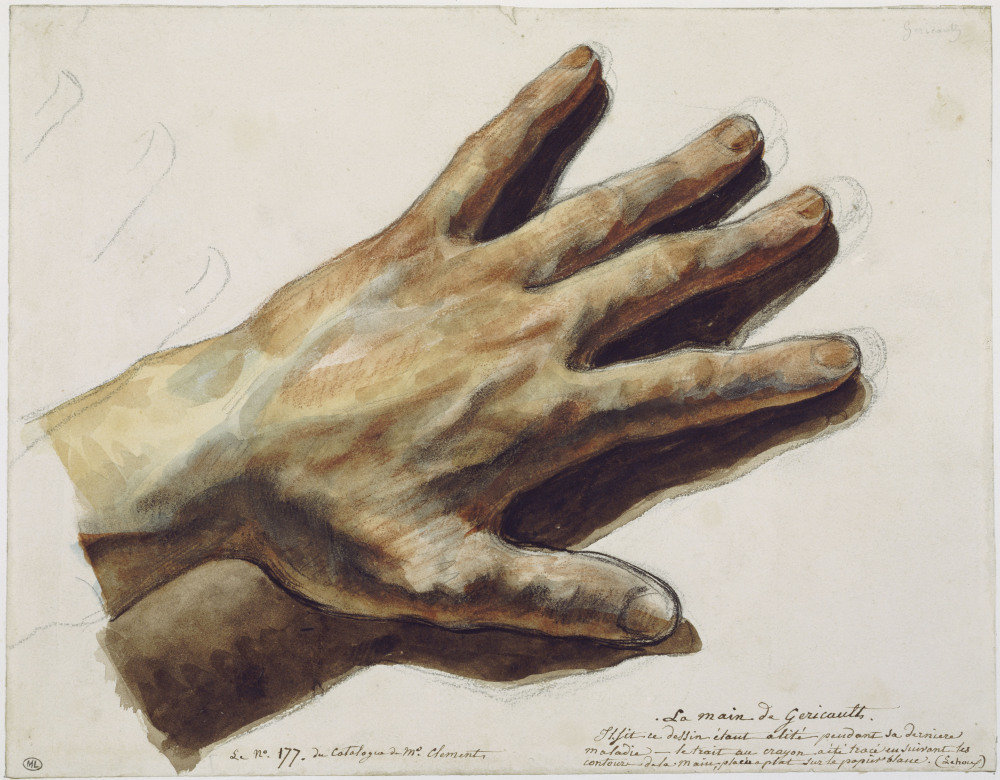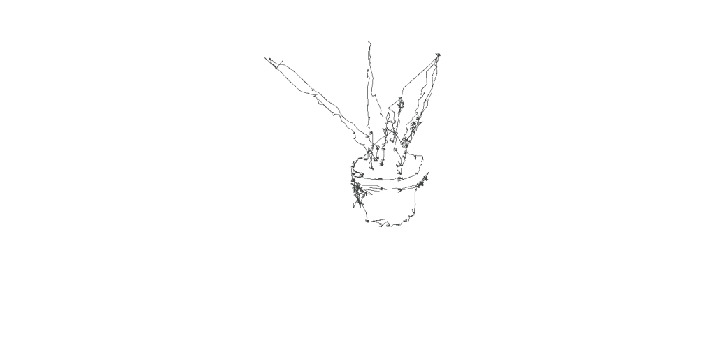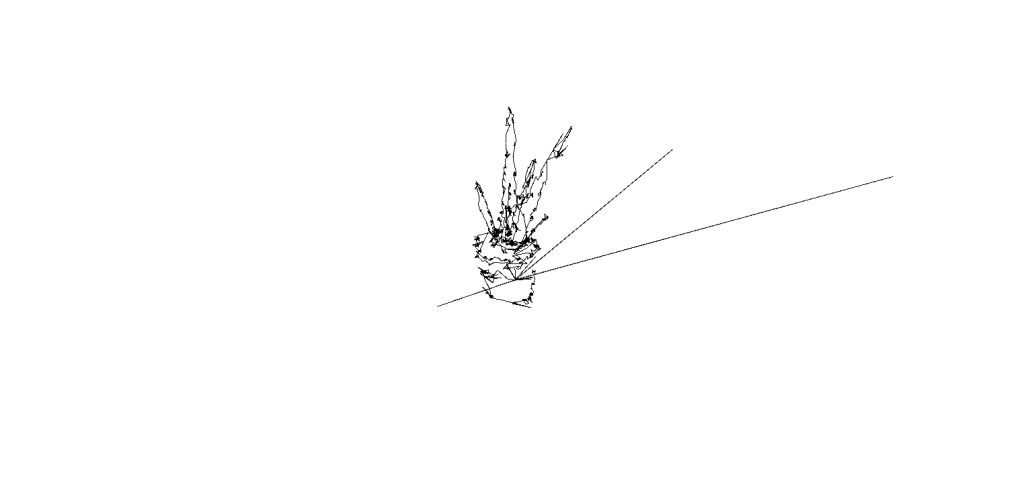The decision to eye draw from da Vinci’s anatomical drawn notations about the bones of the hand was a different one from that of drawing Géricault’s. These hand drawings involve anatomical observation and notation Figure 52, where the underlying structure of a hand’s anatomy is drawn with engineer-like precision. The drawing itself seems to have been built in stages, starting from the bones and working up towards the sets of muscles and tendons. While eye drawing from these drawings, I attempted to follow and perceive this same build-up through my gazing. My intention was not to get an anatomical precision of da Vinci’s illustration of the hands, but to follow his linear drawn elements with my eyes.
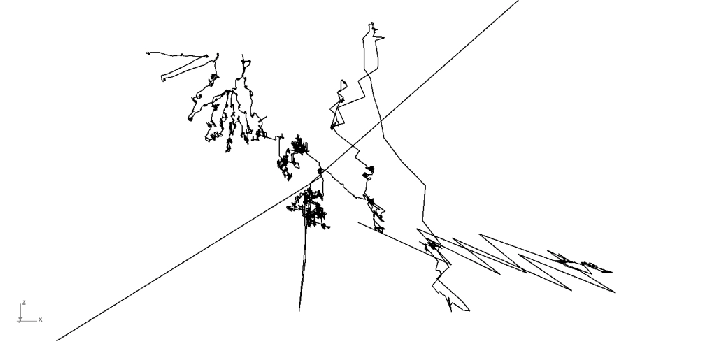
Figure 50: One of the eye-drawings resulting from eye drawing Figure 52 at a distance of 50cm from the computer screen using the binocular eye tracker.
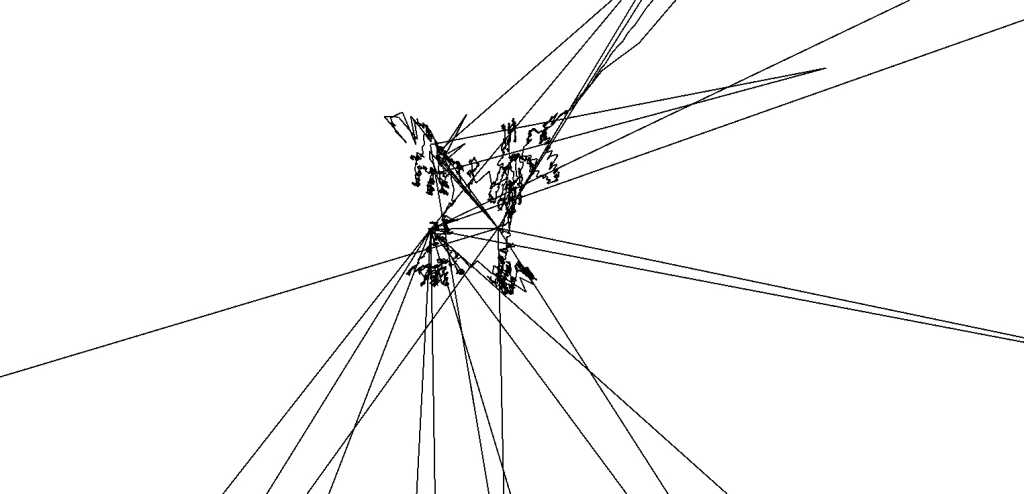
Figure 51: One of the eye-drawings resulting from eye drawing Figure 52 at a distance of 50cm from the computer screen using the binocular eye tracker.

Figure 52: Da Vinci’s notes and drawings about the bones of the hand, c.1510-11, black chalk, pen and ink, wash on paper, 28.8 x 20.2cm, Royal Collection Trust.
